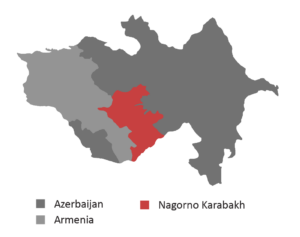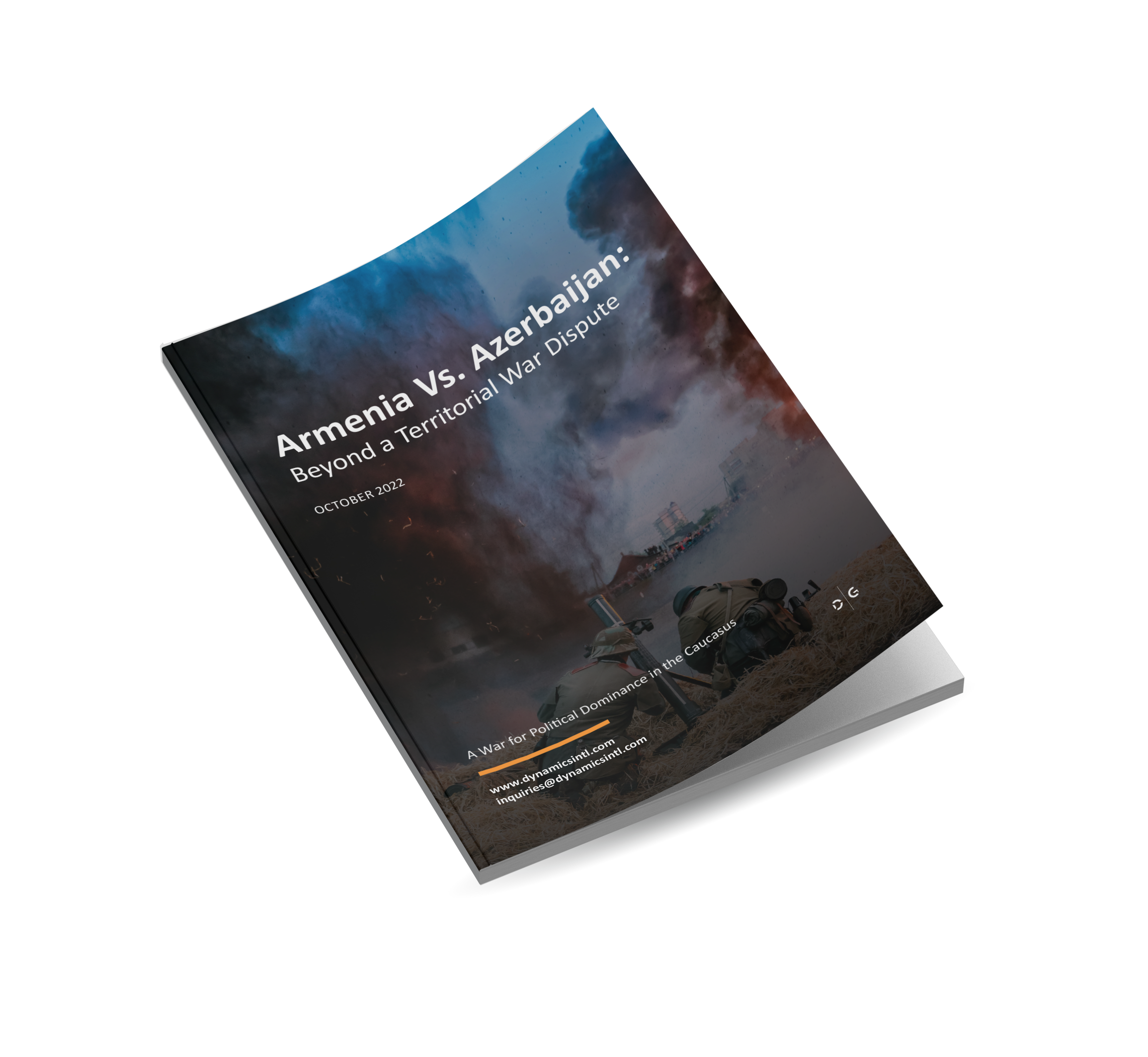Armenia and Azerbaijan’s political hostility over Nagorno Karabakh ignited in year 1988 and is commonly known as the modern phase of the dispute, while the collapse of the Soviet Union in 1991 additionally exacerbated the conflict into a territorial and ethnic war between both nations.
Namely, Nagorno Karabakh is located on the territory of Azerbaijan, however, has been populated by ethnic Armenians, with Baku always showing political aspirations to take full control of its territorial integrity. Violent tensions had flared up between both countries on many occasions, however the most violent clashes occurred in year 2020, with over 6,500 casualties in the six-week period of fighting. At the end of the bloody war, Azerbaijan celebrated its victory over Armenia which conceded defeat. Fast-forward to 2022, the brutal clashes have resurged with Azerbaijan’s aspirations of full territorial control of the Nagorno-Karabakh region growing stronger.
Therefore, if a permanent peace treaty is not signed, which would meet all the political goals of Azerbaijan, the armed conflict will not subside, in fact it will escalate even further until a complete military victory is achieved by Azerbaijan. If Armenia agrees to major concessions in the process of negotiations, it will possibly close the open question of Nagorno-Karabakh, however, it will trigger national unrest at home. Nevertheless, the most plausible scenario is that this conflict will not be resolved any time soon, as the political interests of Turkey and Russia will dominate in the dispute and will not allow an immediate halt of tensions.

In order to fully understand the stakes and relevance of the Nagorno-Karabakh war, one must first analyze the enormous potential of the disputed region. Namely, Azerbaijan has always sought the capacity of the Karabakh area that bears large economic benefits, being extremely rich in natural resources, such as gold and copper. It has been stated that only the gold mines Soyudlu or Zod (being positioned between Azerbaijan containing 76% and the rest belonging to Armenia) had a producing capacity of about 120 tons of pure gold in year 2010. Furthermore, it is not only gold and copper that has attracted both nations to this region, but also the rich water resources especially around the area of Sugovushan and Khudaferin. This is of essential importance for Azerbaijan as the country generates 25% of its water supply from this particular area.
How can we help?
Intelligence Solutions
The combination of business, market and strategic intelligence ensures result-driven outcomes for our customers.
Risk management
Risk management through the responsibility of taking risk ownership while ensuring safety and security

ARTICLE | 19 PAGES






